The main objective of the Louis-Marie Herbarium is to preserve the plant collection acquired over the years, even centuries, and which reflects our plant heritage.
The Louis-Marie Herbarium
The Louis-Marie Herbarium is a collection of high-quality vascular plants, bryophytes and lichens, adapted to the current needs of researchers in the fields of systematics, biogeography, ecology, genetics and molecular biology.
The Herbarium prioritizes specimens from alpine, subarctic and boreal regions in Canada and the northern hemisphere. The herbarium houses approximately of 790,000 plant specimens, mainly from Quebec and Canada.
Via HERCUL, Laval University Online Herbarium Catalogue, the collection is now more accessible to students and researchers.
Mission
Preservation of plant collections
Expertise in plant identification
The Herbarium has a mission to provide an expertise in plant identification. In this respect, the Herbarium is an essential teaching and research tool for better understanding the world which surrounds us. It provides a service to students and professors at Université Laval, as well as to the general public, in aiding to identify and verify plant specimens.
Biodiversity as a research objective
The Louis-Marie Herbarium has also taken on biodiversity as a research objective and is currently conducting several projects in this domain. The Herbarium shares data of digitized specimens through different biodiversity websites (see links).
It is largely thanks to herbaria and other natural sciences collections that we are now able to assess Earth's most threatened biodiversity spots.
History
Early days
|
En 1962, l'Université a créé la Faculté d'agriculture qui acquiert, de l'Institut agricole d'Oka, un herbier de plus de 75000 spécimens. L'Herbier de l'Université prend alors le nom de Louis-Marie, en l'honneur du père Louis-Marie Lalonde. En 1963, l'Université fusionne les herbiers de la Faculté des sciences et de la Faculté de foresterie et de géodésie à l'Herbier Louis-Marie. The beginnings of the Louis-Marie Herbarium goes back to the founding of Université Laval in 1852. At that time, the academics were aware of the need for a herbarium for both teaching and research. |
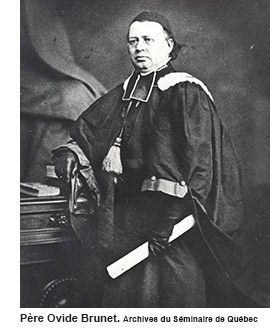 |
Father LOUIS-MARIE
|
Father Louis-Marie, a trappist monk from the Oka monastery, became in charge of the Botany Laboratory of the Oka Agriculture Institute in 1923. At the time, the number of specimens in the collection left by his predecessors was only around a thousand. Father Louis-Marie conducted several collecting expeditions, mostly in southern Québec. One of his early trips, in 1925, was made in the company of Fathers Marie-Victorin and Rolland-Germain at the Mingan Islands and Anticosti Island.
|
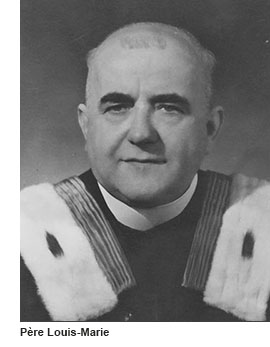 |
Lionel CINQ-MARS
|
The Louis-Marie Herbarium is a result of the fusion of two agricultural schools, those of the University of Montréal (Oka campus) and Université Laval (Sainte-Anne-de-la-Pocatière campus, now called La Pocatière) in the early 1960s. |
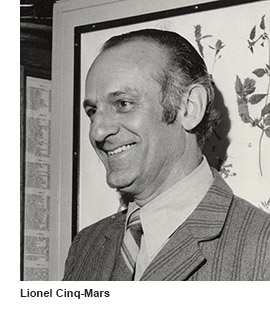 |
Robert GAUTHIER
|
From 1973 to 2003, Robert Gauthier occupied the position of curator at the Louis-Marie Herbarium. A specialist in both the genus Sphagnum and peatland ecology, Robert Gauthier contributed many specimens to the bryophyte collection. In addition, his collaborations with French bryologists favoured specimen exchange from across the Atlantic. |
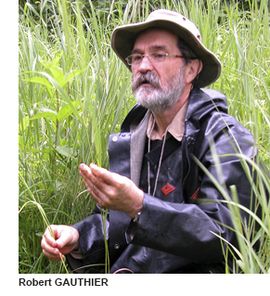 |
Serge PAYETTE
|
Serge Payette was the curator of the Louis-Marie Herbarium from 2004 to 2021. Under his direction the Herbarium has focused on digitizing the collection and acquiring northern species from across the entire northern hemisphere. Serge Payette is a professor of plant ecology at the department of biology at Univeristé Laval, . d'écologie végétale au département de biologie de l'Université Laval, he is chairholder at the Northern research chair on disturbance ecology (NSERC) and regular member at the Centre d'études nordiques. He is considered a leader in plant ecology, in historic ecology and in disturbance ecology. He is also the instigator of the publishing project Flore nordique.
|
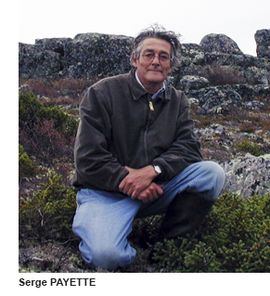 |
Juan Carlos VILLARREAL AGUILAR
|
From Panama, Juan Carlos VILLARREAL AGUILAR completed his graduate training in the United States (Illinois and Connecticut) and postdoctoral research in Munich (Germany) and Edinburgh (Scotland). His research focuses on systematics, phylogeny, genomics and symbiotic interactions between plants (especially bryophytes) and microorganisms in tropical environments. Since his appointment in 2015, his research also addresses the boreal ecosystem, especially bryophytes and lichens. In September 2018, he became co-curator of the Louis-Marie herbarium, then sole curator in 2022. He leads a multicultural and multidisciplinary research team that examines the biology of symbioses and the functional genomics of plants, lichens and their microorganisms.
|
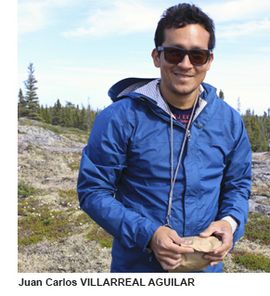 |